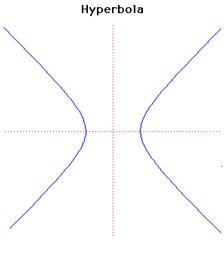







Odontology - Human Teeth Development Reference






Powered By Sispro1

The mouth, contain the upper 16 teeth in the adult (the upper 10 teeth in the child), and form the outline of the nasal cavity (the nasal cavity itself involves several other bones: ethmoid, inferior nasal conchae, lacrimal, nasal, sphenoid, and vomer).
The arch of the maxilla can be found in three basic shapes: hyperbolic, parabolic, and rounded. Each of the the following three races have their own shape: (1) African = hyperbolic, (2) European = parabolic, and (3) Asian = rounded.
The incisors, as well, differ in their basic shape. The incisors fall into two basic categories, based on the shape of the lingual (tongue) surface of the tooth. These two categories are: (1) shovel-shaped, and (2) spatulate, or spatula-shaped. As there is more than one race with spatulate incisors, other indicators are necessary to positively identify race, although this single feature can be used to eliminate one of the possibilities. Each of the the following three races have their own shape: (1) African = spatulate , (2) European = spatulate , and (3) Asian = shovel-shaped.
Based upon both criteria, label the following maxilla according to race:
The arch of the maxilla can be found in three basic shapes: hyperbolic, parabolic, and rounded. Each of the the following three races have their own shape: (1) African = hyperbolic, (2) European = parabolic, and (3) Asian = rounded.
The incisors, as well, differ in their basic shape. The incisors fall into two basic categories, based on the shape of the lingual (tongue) surface of the tooth. These two categories are: (1) shovel-shaped, and (2) spatulate, or spatula-shaped. As there is more than one race with spatulate incisors, other indicators are necessary to positively identify race, although this single feature can be used to eliminate one of the possibilities. Each of the the following three races have their own shape: (1) African = spatulate , (2) European = spatulate , and (3) Asian = shovel-shaped.
Based upon both criteria, label the following maxilla according to race:



The diagram decribes the following:
| Arch Shape Hyperbola Parabola Rounded |
|
| Incisor Spatulate Shovel Shaped |
|
| Caucasian African Asian |
Copyright All Rights Reserved by Nigel G Wilcox E-Mail: ngwilcox100@gmail.com
Designed by Nigel G Wilcox
Complimentary Topics
The Paragon Of Metal Detecting
& Archaeology
& Archaeology
6. Menu
Pages
Member NCMD





















